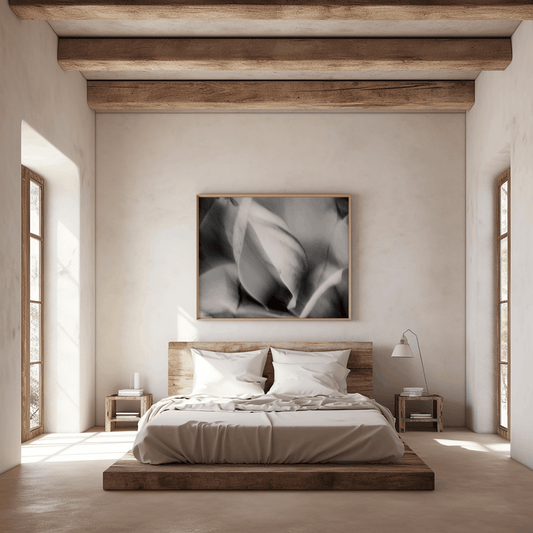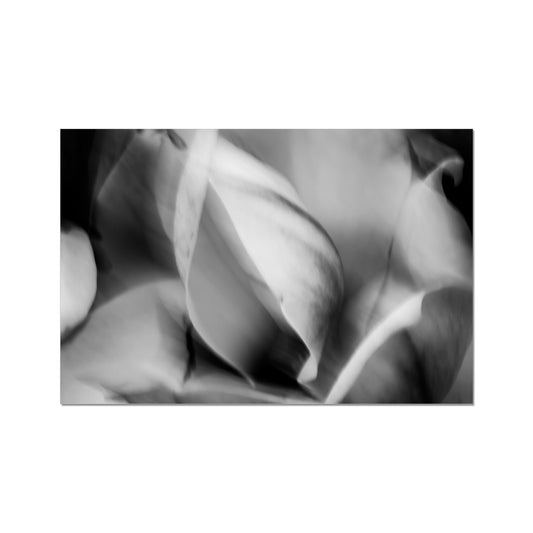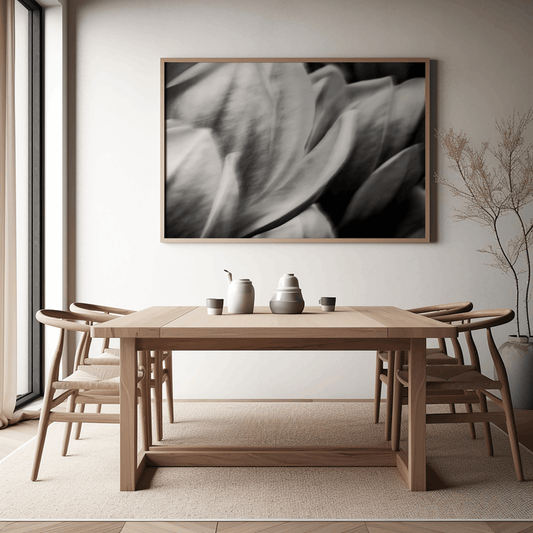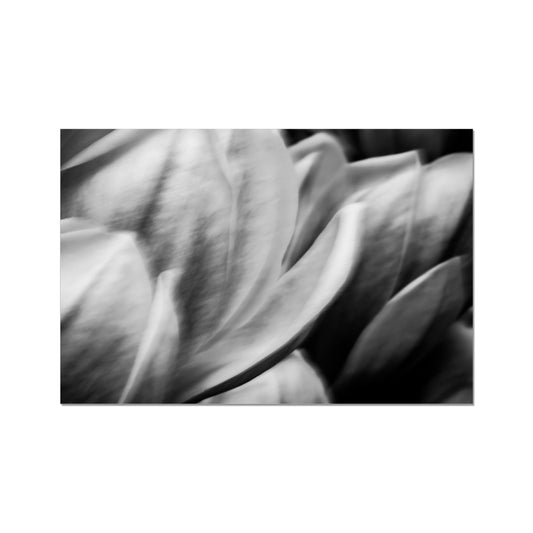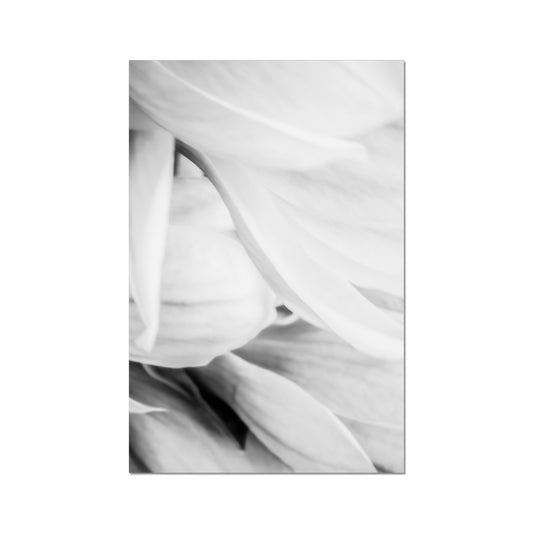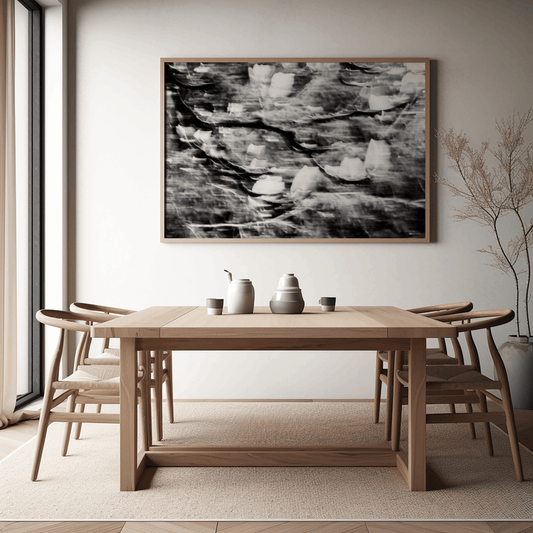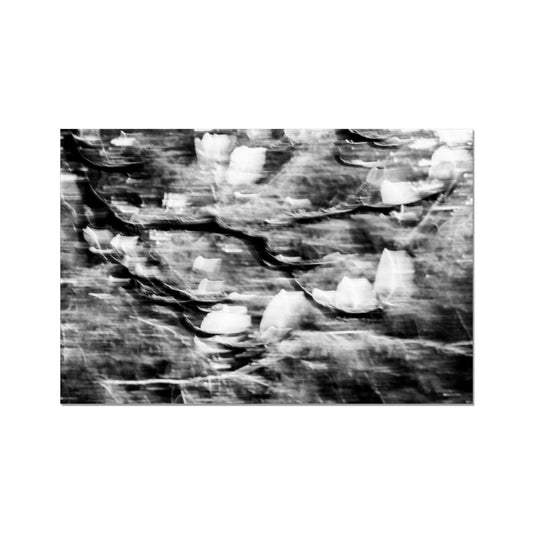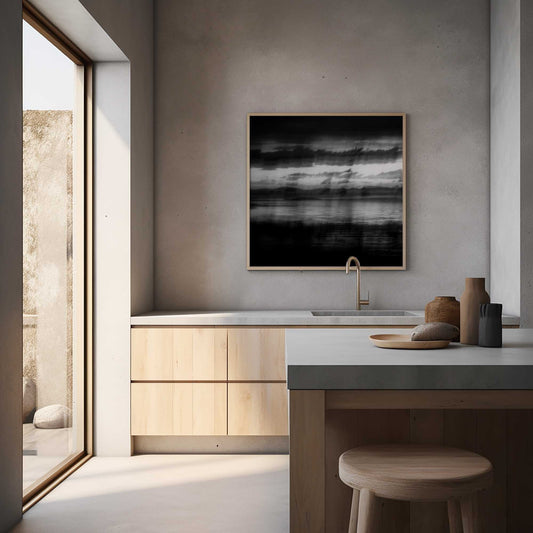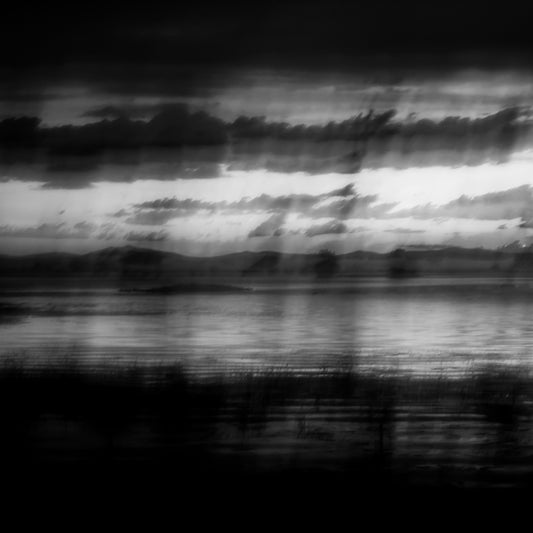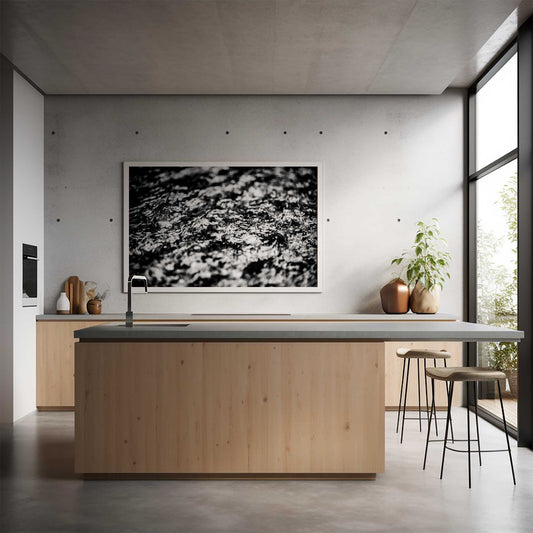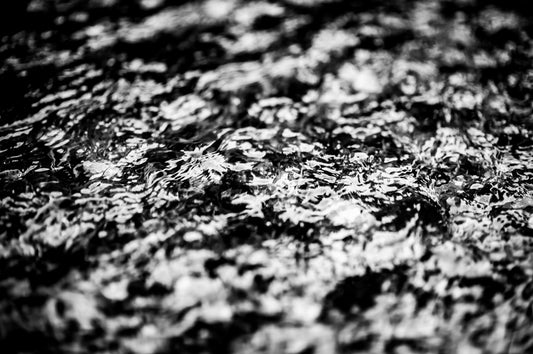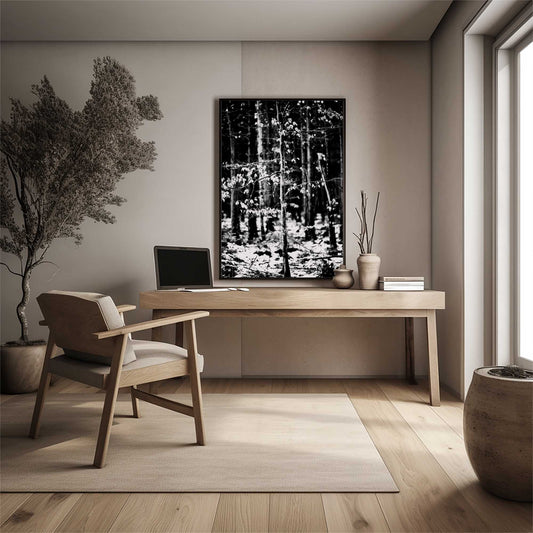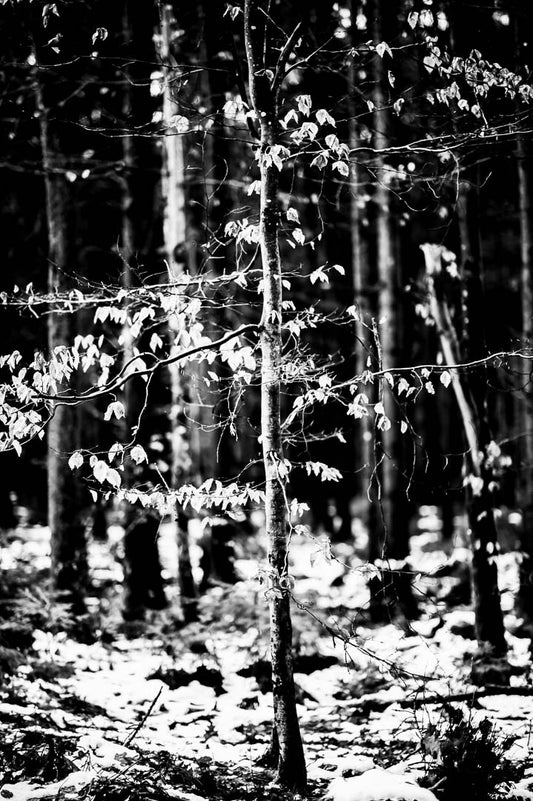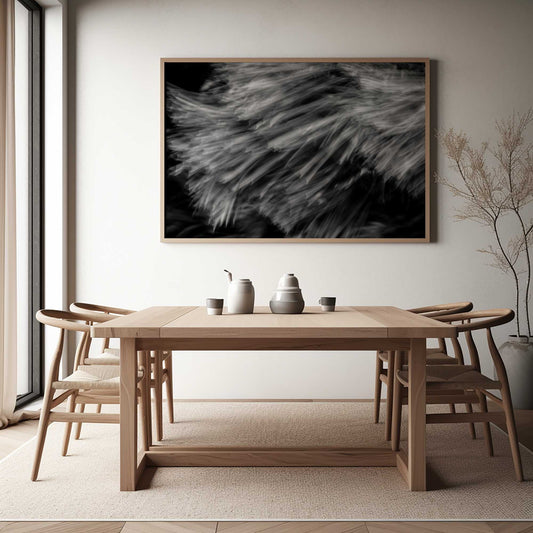The 7 elements of SHIBUI
SIMPLICITY • IMPLICITY • MODESTY • NATURALNESS • EVERYDAYNESS • IMPERFECTION • SILENCE
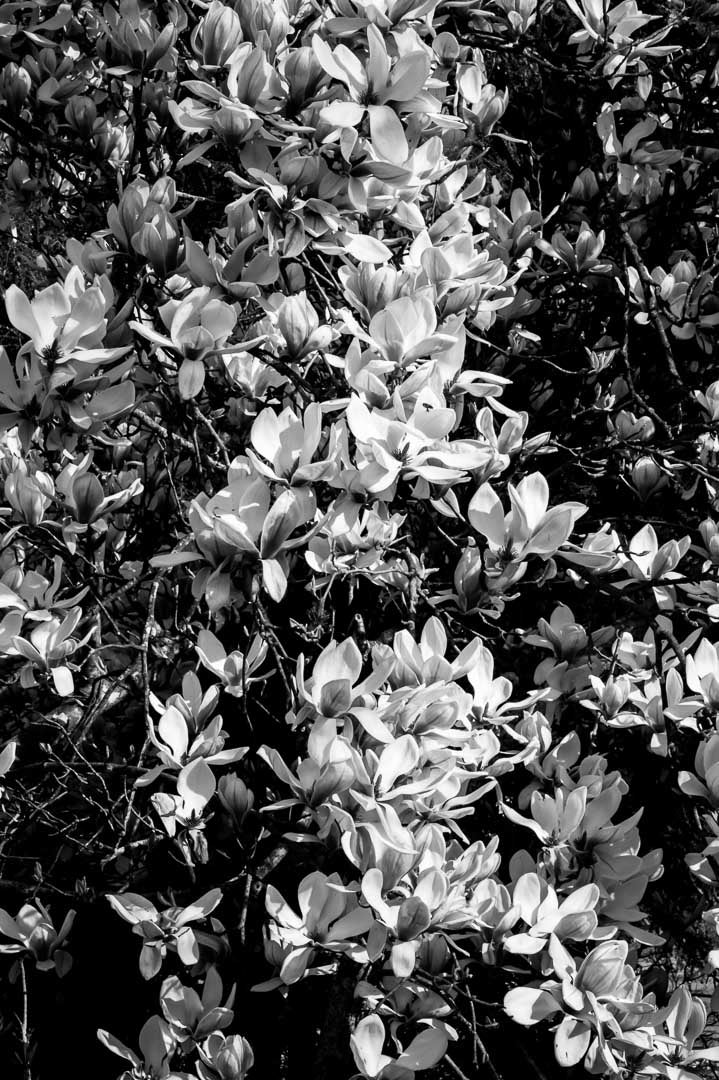
SHIBUI - THE QUIET POWER BEHIND MY CREATION
"Shibui" (Shibusa/Shibumi) is a Japanese aesthetic concept rooted in restraint, grace, and quiet depth. Shibui values understated elegance and refined simplicity. It is the art of letting things speak softly, without explanation or excess. It reminds us that true beauty doesn’t perform — it rests in presence.
For me, Shibui is not a technique. It is a way of life. A way of seeing, feeling, and creating - guided by stillness and quietly rooted in nature.
.
My nature abstracts are all infused by the seven elements of Shibui:
Simplicity - I pare things down to their essence. Through mesmerising forms and monochrome tones, I create space for what matters to emerge.
Implicity - Subject and meaning are not obvious — they unfold. Differently for every viewer. My work invites presence before it reveals more than explanation ever could.
Modesty - Nothing demands attention. Nothing is embellished. Each piece is offered with humility and reverence for the viewer’s own experience.
Naturalness - I photograph nature as it appears — untouched, unposed, unaltered. There is no staging. No performance. Only beauty, witnessed.
Everydayness - Shibui finds beauty in the overlooked, the mundane. A branch, a shadow, a line in the sand — the subtle becomes sacred when seen with care.
Imperfection - I honour the worn, the weathered, the asymmetrical. In each flaw, a story. In each irregularity, a trace of time.
Silence - Stillness from silence is my most treasured part of the composition. What is left unsaid becomes an opening — a quiet invitation to pause, reflect, return.
.
Creating through Shibui is an act of trust - that reverence will speak, that the quiet will hold meaning. That beauty, when left untouched, becomes timeless.
It seeks to offer an immersive experiences, inviting stillness and return. Gently, deeply, lasting.
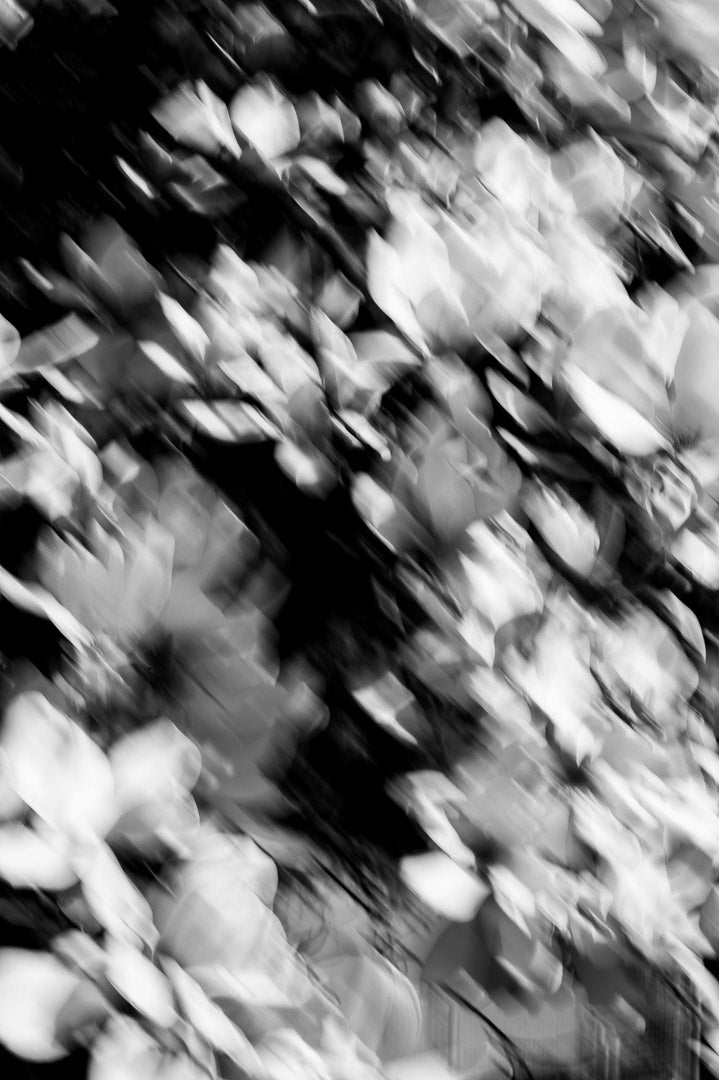
SHIBUI - MY WAY OF LIFE
I had fallen in love with Japan and its appreciation of exquisiteness and refinement during my travels and immersion into Buddhism, Shintoism, and Zen meditation. I encountered a way of being that felt like home — spacious, reverent, exquisitely simple.
In 2007, while diving into Japanese architecture and designing my first home, I discovered Shibui — the art of quiet beauty. I didn’t know it then, but it would become the north star in my life.
After a burnout shook the foundation of my life, I longed for a life filled with mindfulness and simplicity, ultimately leading to a richer and more meaningful way of being.
I stripped everything back. Searching. Softening. In that unravelling, a question emerged:
Could Shibui be more than an aesthetic? Could it be a way to live?
The answer was yes.
Simplicity - I began letting go. Of clutter, of noise, of urgency. In its place moved clarity, contentment, and peace.
Naturalness & Modesty - I sought nature, not to escape life, but to return to it. Long walks with my dog, hands in the soil, watching the light shifting through trees, beauty without performance. Immersion into nature is a daily constant in my life.
Implicity & Imperfection - Perfectionism had once driven me. It also nearly broke me. Now, I find grace in the undone, meaning in what’s left unsaid. I still care deeply. But I no longer chase flawlessness — I honour what is real.
Everydayness & Harmony - I live my days with intention: creation and rest, solitude and connection. I seek balance not in perfection but in presence.
Silence - Silence has become sacred. It’s in my work, in my practice, in the space between. Silence awakens stillness - which is the key to everything.
.
Living through Shibui gifted me a life I love. It returned me to myself — slowly, gently, thoroughly. And eventually, it empowered me to leave the corporate world and to become a photographer.


